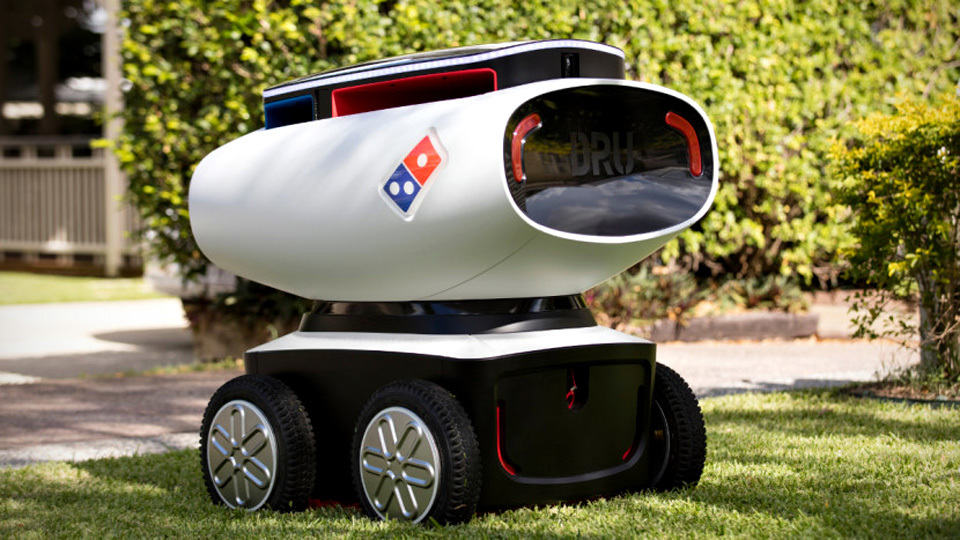As popular as Ikea may be, not everyone is fond of assembling flatpack furniture. The current solution is, pay for the delivery and assembly, but that may change in future and you can thank Nanyang Technological University (NTU) in Singapore for it. The university’s scientists have developed robots that negates the need for peeling through word-less instructions and juggling with the standard issued Allen key and your own screwdriver.
Three years in the making, the scientists at NTU show off a pair of robots that can put together the frame of an Ikea dinning chair. It took the robots about 20 minutes to complete the task, but the actual assembly time is just 8 minutes and 55 seconds. The other 11 minutes and 21 seconds were used to plan the motion and another 3 seconds to figure out where the parts are located. A flatpack furniture veteran could do faster, but it is still a feat nonetheless.
It may be just a Stefan chair, but it is no less complex to industrial robotic arms that has limited dexterity – even if it has six-axis of motion, like the one NTU uses. Humans are, after all, the most sophisticate machine ever created. Having said that, it is safe to say that a scenario like SkyNet taking over the world is still quite far off. Even given it advanced artificial intelligence and machine learning capability, robots dexterity remains a major hurdle.
So, yeah. We are still safe from facing a robot apocalypse – for now. Though we can’t say the same for your children’s children. Anywho, the heavy lifting is in the coding which works in sync with a 3D camera, sensors and parallel grippers to achieve a two-hand coordinated assembly in fast and collision-free manner. It is a feat indeed. Just imagine the gripper and the arm trying to maneuver a tiny wood peg into an equally tiny hole. Damn. If the robots have any feeling, they’d be screaming in frustration. I feel you, I feel you, my robotic friend.
Also, as precise as they are, they are never known to regulate forces. However, in NTU’s creation, the sensors are in place to achieve force regulation. All said and done, these pair of Ikea furniture assembling robots is indeed an achievement because, as far as dexterous manipulation is concerned, robots have largely limited to elementary tasks. Just ask Simone Giertz.
NTU’s Ikea furniture assembling robot is just a start. The team is looking into the future where artificial intelligence will play a critical role that would eventually enable assembly through observing a human demonstration, reading the instruction manual, or even deciphering how to assemble a furniture simply by looking at the image of the assembled product. What can we say? Welcome to the future, my friends. Well, almost.
Ikea furniture assembling is designed by Assistant Professor Pham Quang Cuong and his team from the university’s School of Mechanical and Aerospace Engineering with the goal of exploring dexterous manipulation and eventually, achieving human-like dexterity which can be applied in a variety of fields to do things that we previously thought only human hands can do. So, no robot apocalypse, but possibly a real threat to livelihood.
Image: NTU.
NTU via Channel NewsAsia.



